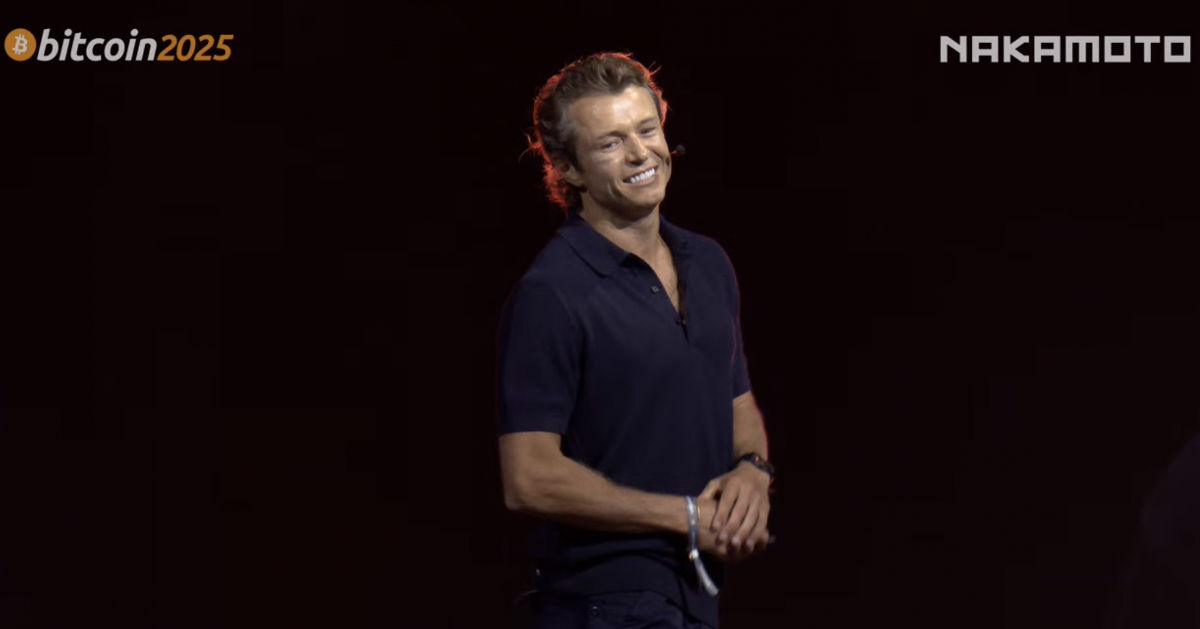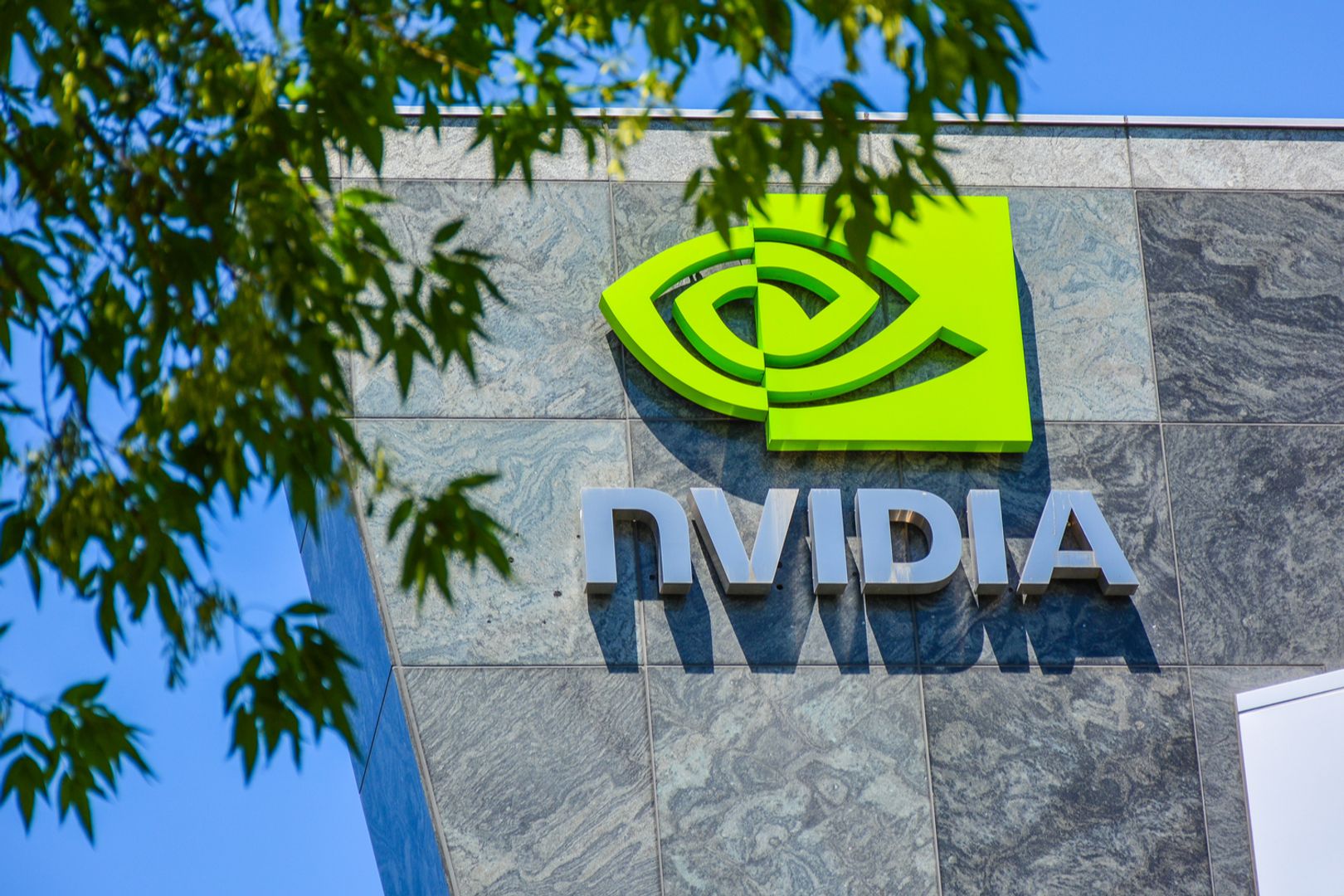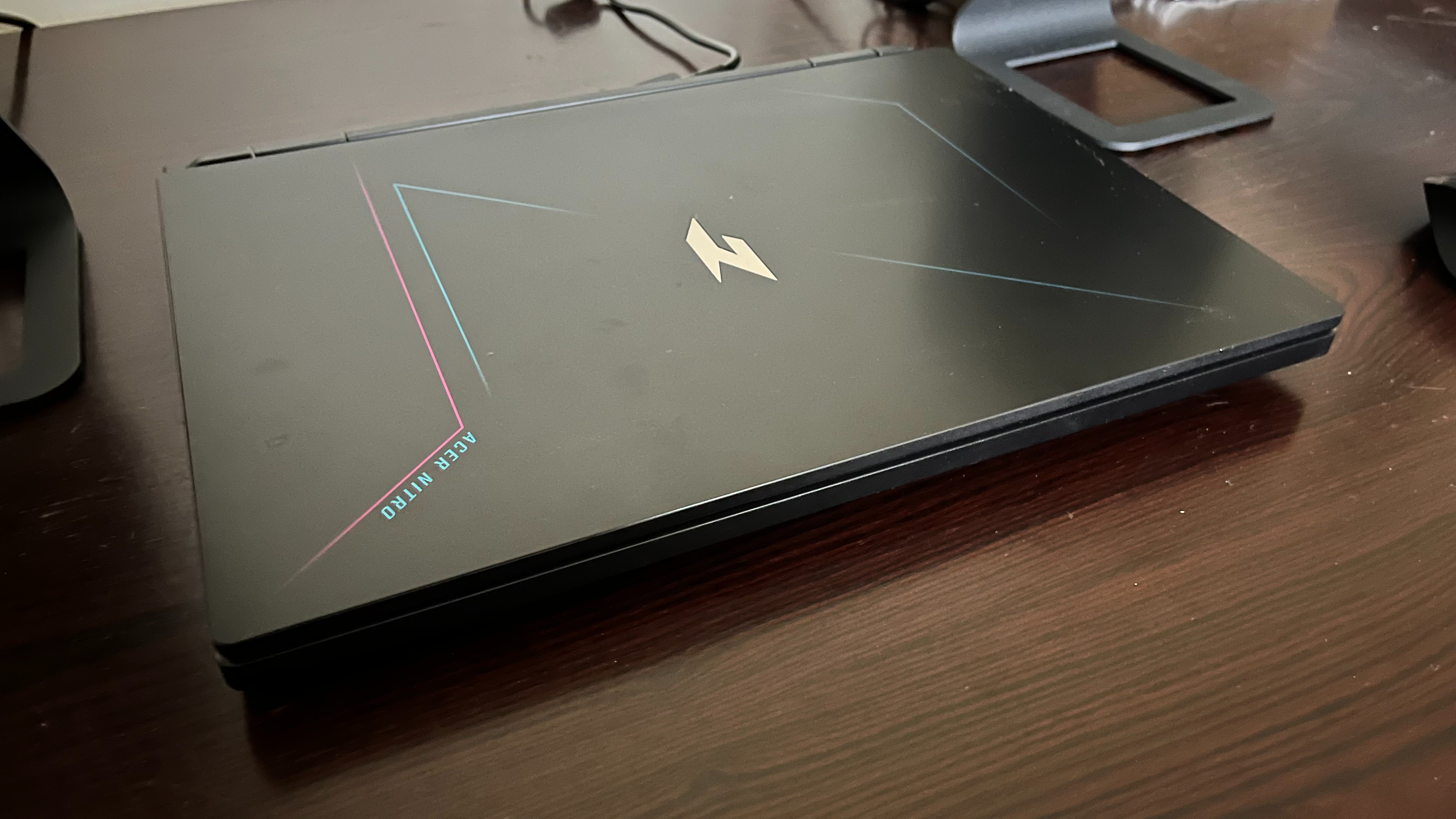Scientists Detect Mysterious Object in Deep Solar System
Scientists are intrigued after spotting a highly unusual celestial object lurking at the very edge of our solar system. It's possible the trans-Neptunian object, dubbed 2017 OF201, is large enough to qualify as a dwarf planet, making it an "extreme 'cousin' of Pluto," according to Princeton postdoc Sihao Cheng, who coauthored a preprint on the findings. The discovery was also confirmed by the International Astronomical Union's Minor Planet Center on May 21, 2025. It's a particularly intriguing finding, suggesting the area of our solar system past the orbit of Neptune is far more busier than we thought. Astronomers have long […]


Scientists are intrigued after spotting a highly unusual celestial object lurking at the very edge of our solar system.
It's possible the trans-Neptunian object, dubbed 2017 OF201, is large enough to qualify as a dwarf planet, making it an "extreme 'cousin' of Pluto," according to Princeton postdoc Sihao Cheng, who coauthored a yet-to-be-peer-reviewed paper on the findings.
The discovery was also confirmed by the International Astronomical Union's Minor Planet Center last week, lending it an aura of growing credibility.
It's a particularly intriguing finding, again bolstering the case that the area of our solar system past the orbit of Neptune is far busier than previously thought. Astronomers have long suggested the existence of a ninth planet, dubbed Planet X or Nine, whose immense gravitational pull could be causing trans-Neptunian objects in the region to act unusually.
However, the latest findings could challenge the hypothesis, suggesting 2017 OF201, among other objects, could be causing the strange behavior instead.
Cheng and his colleagues used advanced computational models to hone in on the mysterious object's unusual trajectory. 2017 OF201 is an outlier thanks to its enormous size and immense distance from the Sun.
"The object's aphelion — the farthest point on the orbit from the Sun — is more than 1600 times that of Earth's orbit," said Cheng in a statement about the research. "Meanwhile, its perihelion — the closest point on its orbit to the sun — is 44.5 times that of Earth's orbit, similar to Pluto's orbit."
Thanks to its extreme orbit, it takes the planetoid a whopping 25,000 Earth years to complete a journey around the Sun.
How it got out there remains a bit of a mystery.
"It must have experienced close encounters with a giant planet, causing it to be ejected to a wide orbit," said coauthor and Princeton PhD Eritas Yang in the statement.
The team proposes that 2017 OF201 went through a series of complex maneuvers to end up in its unusual trajectory.
"There may have been more than one step in its migration," Cheng explained. "It's possible that this object was first ejected to the Oort cloud, the most distant region in our solar system, which is home to many comets, and then sent back."
The findings could challenge the Planet Nine hypothesis since 2017 OF201 isn't part of the observed clusters of objects that "cluster in specific orientations," as coauthor and Princeton graduate student Jiaxuan Li said.
These clusters have been found to have strange gravitational characteristics, orbiting at a very different angle than the solar system's planets.
Intriguingly, there could be plenty of other weird "cousins" of Pluto in the far reaches of the solar system. But spotting them could prove extremely difficult.
"2017 OF201 spends only one percent of its orbital time close enough to us to be detectable," Cheng said. "The presence of this single object suggests that there could be another hundred or so other objects with similar orbit and size; they are just too far away to be detectable now."
"Even though advances in telescopes have enabled us to explore distant parts of the universe, there is still a great deal to discover about our own solar system," he added.
More on Planet Nine: Scientists Say They May Have Spotted a Huge Hidden Planet Deep in Our Solar System
The post Scientists Detect Mysterious Object in Deep Solar System appeared first on Futurism.



































































































































































































